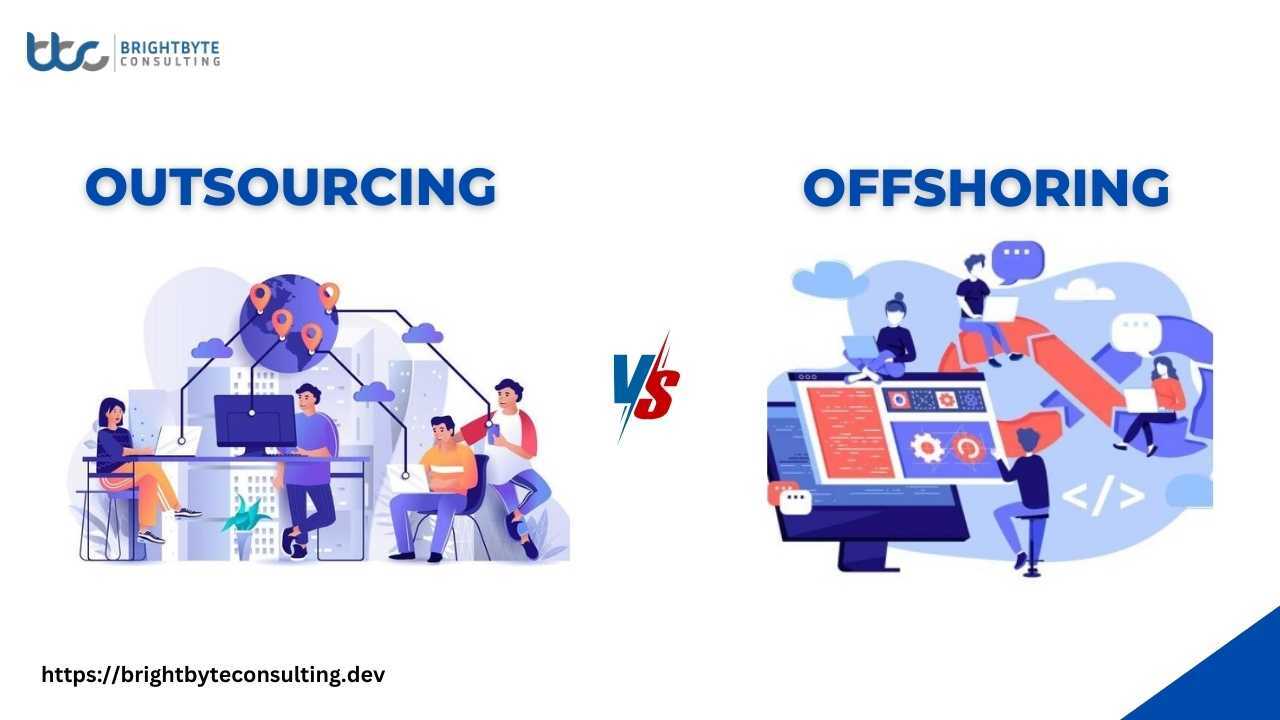In today’s digital world web applications are the main part of everything from managing finances to communicating with coworkers. But with great functionality comes great responsibility. These apps handle our most sensitive data, including personal details, financial information and private communications. That’s why web application security is not optional it’s essential.
Hackers can strike from anywhere exploiting even the smallest vulnerability. A single weak spot can lead to massive data breaches, loss of trust and serious legal consequences. To avoid this developers and businesses must adopt a proactive mindset when it comes to security.
What is Web Application Security?
Web app security is all about protecting websites, online apps and APIs from hackers. It involves building apps with security in mind, finding and fixing bugs and using tools to block cyber threats. Since web apps often handle private data they’re attractive targets for attackers.
Common issues like coding mistakes or misconfigurations can create vulnerabilities. If left unfixed these can be exploited to steal data, deface websites or cause other harm. That’s why secure development practices and regular security testing are so important throughout SDLC.
Without strong web app security businesses risk losing data, damaging their reputation or facing legal trouble. Basically web application security helps ensure your app works as intended even when someone tries to break it.
12 Common Web Application Security Risks
Web apps can be targets for many types of cyberattacks. Some of the most common ones are:
- SQL Injection: Hackers insert harmful code into database through input fields to access or destroy data
- Cross Site Scripting: Attackers inject scripts into websites to steal user info or hijack sessions
- Cross Site Request Forgery: Tricks users into performing actions they didn’t intend like changing passwords or sending money
- Denial of Service: Overloads a site with traffic making it slow or unavailable
- Credential Stuffing: Uses stolen username and password combos to break into accounts
- Remote File Inclusion: Attackers upload malicious files to server to run harmful code
- Buffer Overflow: Puts too much data into a memory space causing crashes or opening doors to attacks
- Zero-Day Vulnerabilities: Security flaws not yet known to developers, giving attackers a head start
- API Abuse & Shadow APIs: Exploiting insecure APIs or ones not monitored by security teams
- Third-Party Code Abuse: Compromising external tools (e.g., payment gateways) to steal user data
- Page Scraping: Bots steal your web content for copying or misuse
- Attack Surface Misconfigurations: Poorly set up servers or services make it easier for hackers to get in
Types of Web Security Tests
| Type of Test | What It Does | Best For |
| DAST (Dynamic Testing) | Tests running apps by simulating attacks. Automated. | Low-risk or internal apps; minor updates on medium/high-risk apps. |
| SAST (Static Testing) | Scans source code to find bugs without running the app. | Early-stage development; catching code-level issues before deployment. |
| Penetration Testing | Manual testing that simulates real-world attacks, including business logic flaws. | High-risk apps. Apps with major updates or sensitive data. |
| RASP (Runtime Protection) | Monitors and blocks attacks in real-time while the app is running. | Apps needing real-time protection and monitoring against live threats. |
Important Web Application Security Strategies
Some of the best web app security practices are:
DDoS Mitigation
It helps protect web applications from Distributed Denial of Service attacks by filtering out harmful traffic. Also prevents servers from being overwhelmed ensuring users still have access during an attack. This is crucial for maintaining uptime and performance during unexpected traffic surges.
Web Application Firewall
WAF filters incoming traffic to block known attacks & suspicious behavior. It protects against threats like SQL injection, cross site scripting & other common vulnerabilities. WAFs act as a protective shield without needing changes to app code.
API Gateway
API Gateway solutions monitor and control API traffic to detect and block malicious activity. They help uncover shadow APIs and protect against API-based attacks. These gateways ensure that APIs are securely managed and perform efficiently.
DNS Security
DNSSEC ensures that users are directed to correct server when they type a web address. It prevents attackers from redirecting users to fake or harmful websites. DNSSEC helps maintain trust and safety in internet navigation.
Encryption Certificate Management
It handles tasks like generating, renewing and revoking SSL/TLS certificates. This ensures secure communication between users and the app. Proper certificate management prevents security lapses due to expired or misconfigured certificates.
Bot Management
Bot Management uses tools like machine learning to distinguish between real users and malicious bots. It blocks harmful bot traffic responsible for scraping, spam and account takeovers. This protects apps performance and user data.
Client Side Security
Client-Side Security monitors third-party JavaScript and browser-side code to catch malicious changes. It prevents attackers from stealing sensitive user data through compromised scripts. This is especially important for protecting customer transactions.
Attack Surface Management
Attack Surface Management gives a complete view of all your online assets that might be exposed to attackers. It identifies potential risks, such as open ports or misconfigurations. These tools make it easier to detect and fix vulnerabilities quickly.
Why is Web Security Testing Important?
Web security testing helps find weaknesses in a web app before hackers do. It checks how the app handles unusual or harmful inputs to see if it reacts in unsafe ways.
It’s not just about testing login systems, security testing also checks if other features like forms or business logic are built securely. The goal is to make sure the whole app can’t be misused or broken by attackers.
Features to be Reviewed During Web App Security Test
Main key points for web application security testing features include:
- Application & Server Configuration: Check encryption and server settings for weaknesses
- Input Validation & Error Handling: Prevent SQL injection, XSS, and handle errors safely
- Authentication & Session Management: Secure login, sessions, and password protection
- Authorization: Ensure proper access control to prevent privilege escalation
- Business Logic: Verify workflows to avoid misuse or exploitation
- Client-Side Logic: Review client-side code for security flaws
Securing Web Applications with Bright Byte Consulting
Bright Byte Consulting protects web applications through a global network offering key security services like DDoS protection, Web Application Firewall, API security, DNSSEC, managed SSL/TLS, and bot management. These services block attacks near their source without slowing down website performance. They easily integrate with any web infrastructure and can be set up quickly, ensuring fast and strong protection.
FAQs
What is web application security?
It’s the practice of protecting websites, apps, and APIs from hackers by finding and fixing vulnerabilities and blocking cyber threats.
Why is web security testing important?
It helps find weaknesses before attackers do, ensuring the entire app is secure, not just login features.
What are common web app security risks?
Risks include SQL injection, cross-site scripting, denial of service attacks, credential stuffing, and API abuse.
What types of security tests are used?
Common tests are Dynamic Application Security Testing (DAST), Static Application Security Testing (SAST), Penetration testing, and Runtime Application Self Protection (RASP).
What does a Web Application Firewall (WAF) do?
A WAF filters traffic to block known attacks like SQL injection and cross-site scripting without changing app code.
How does bot management improve security?
It uses machine learning to distinguish between real users and harmful bots, blocking bad bot traffic to protect data and app performance.











